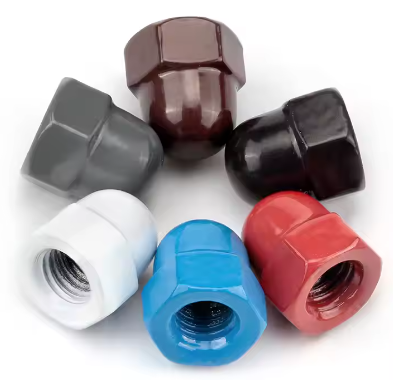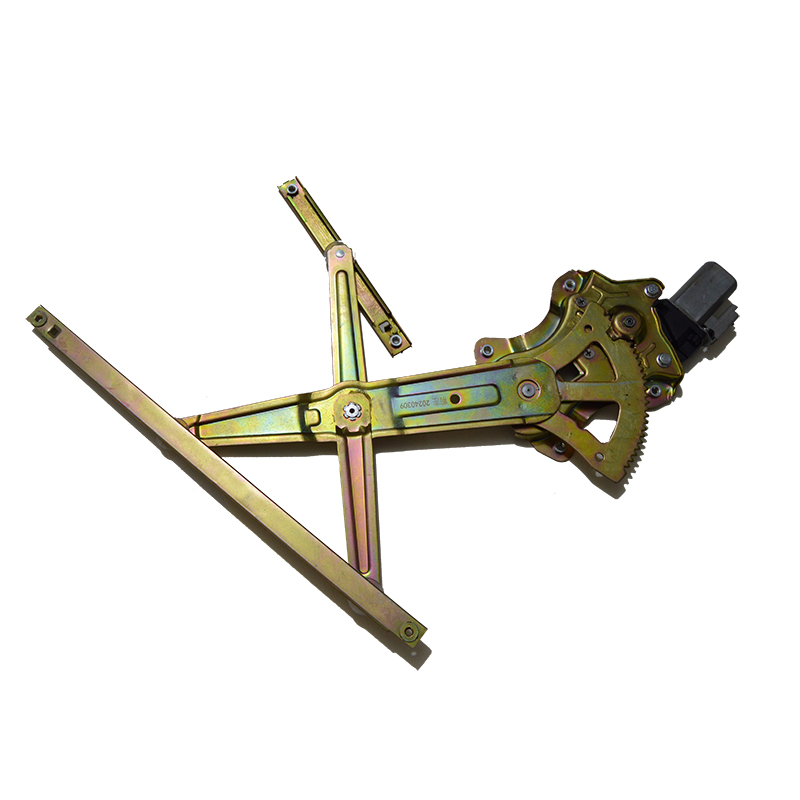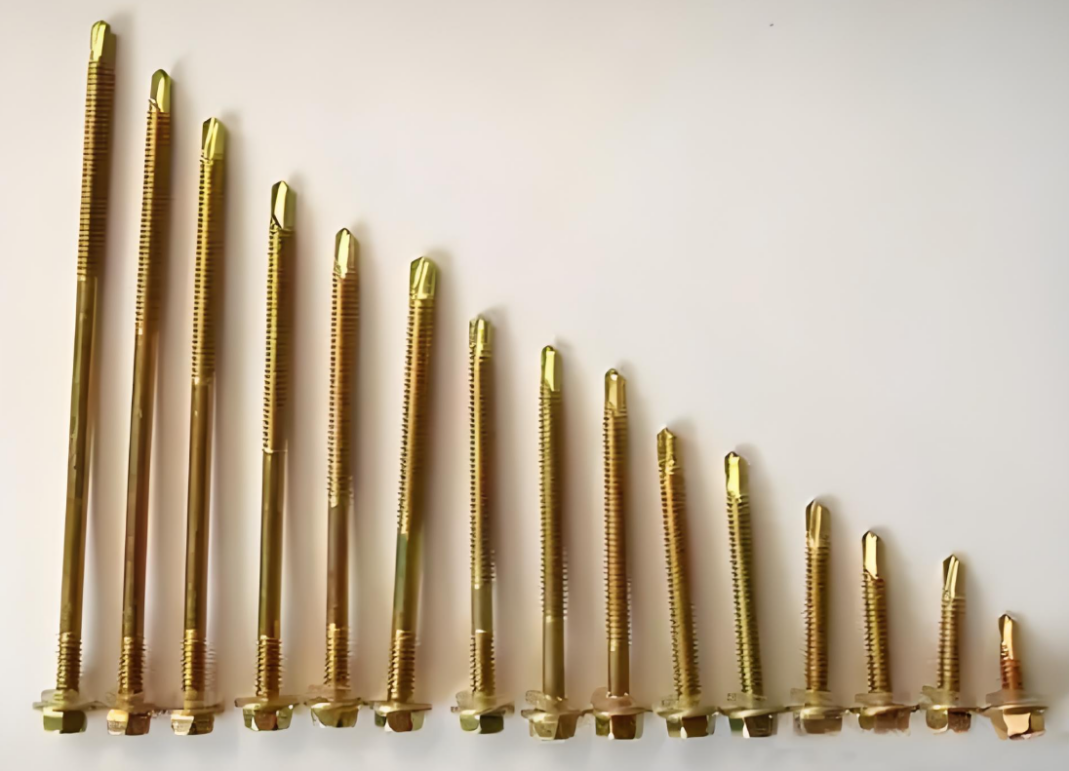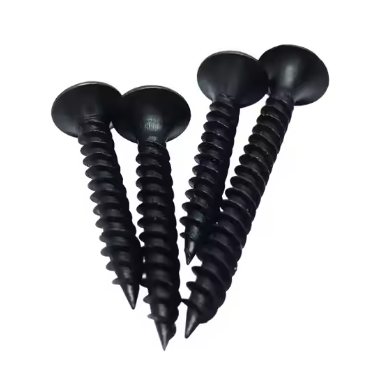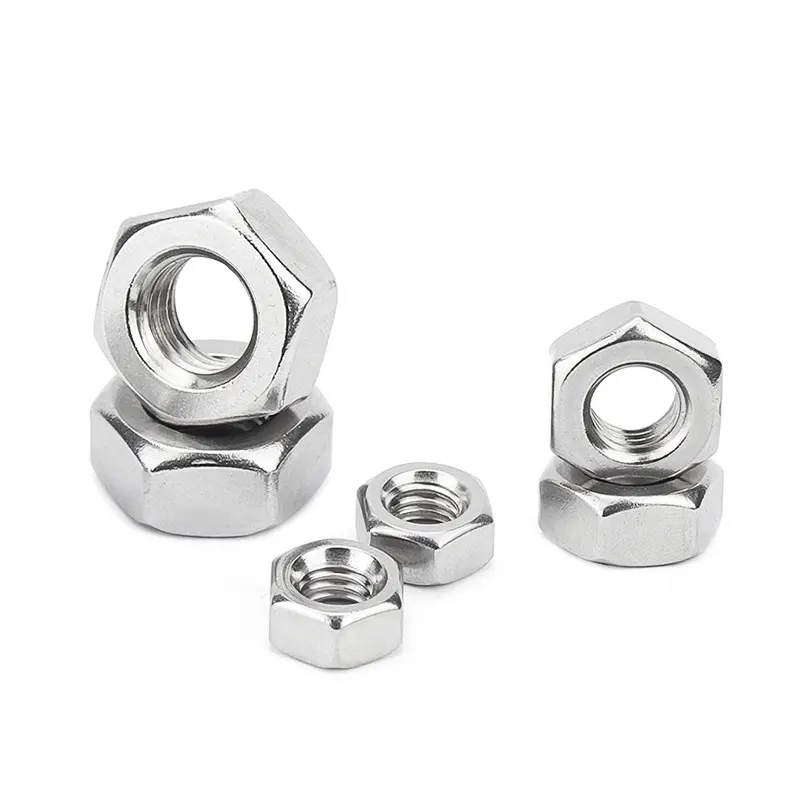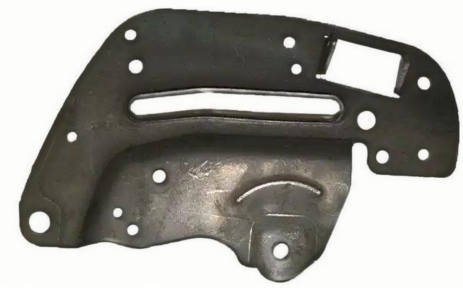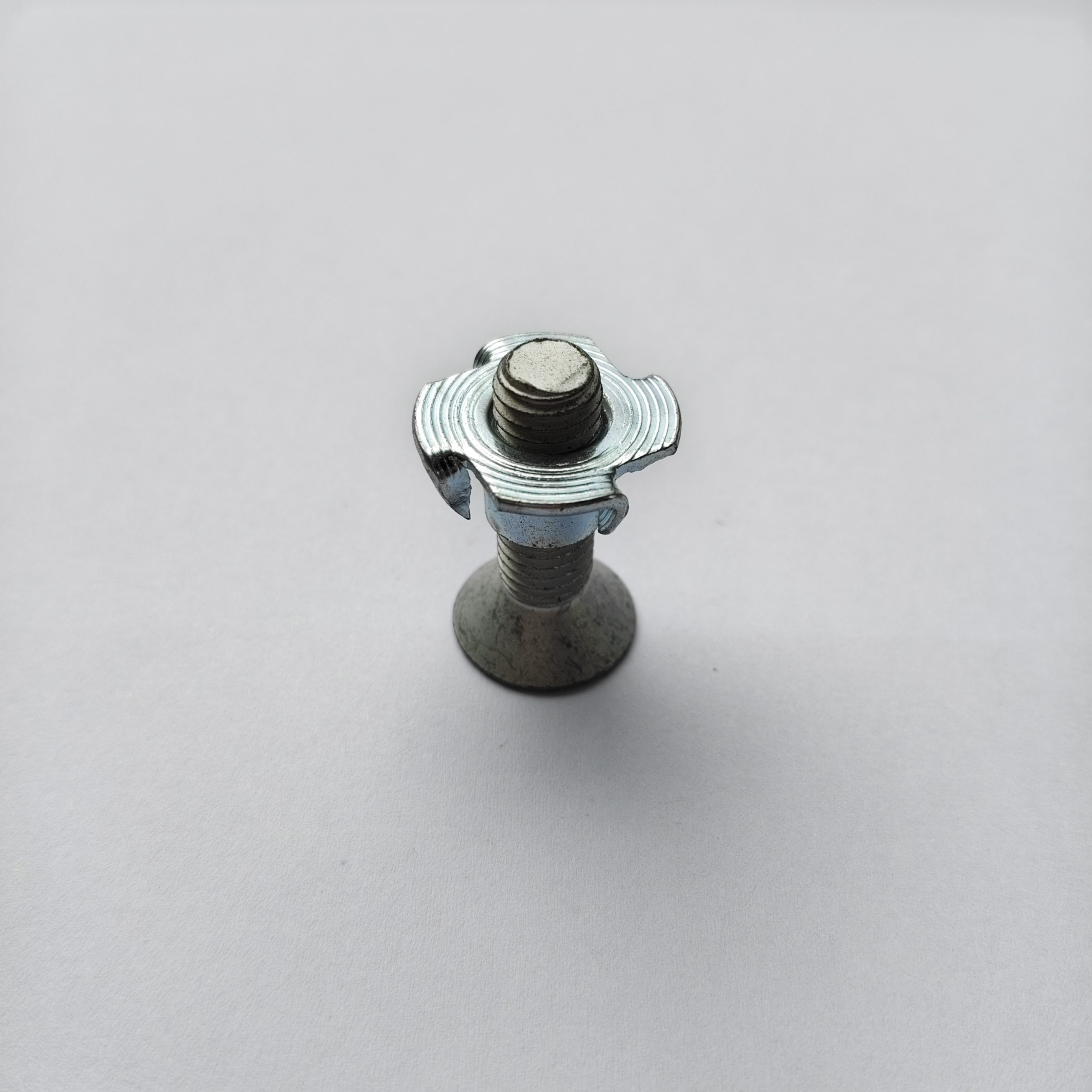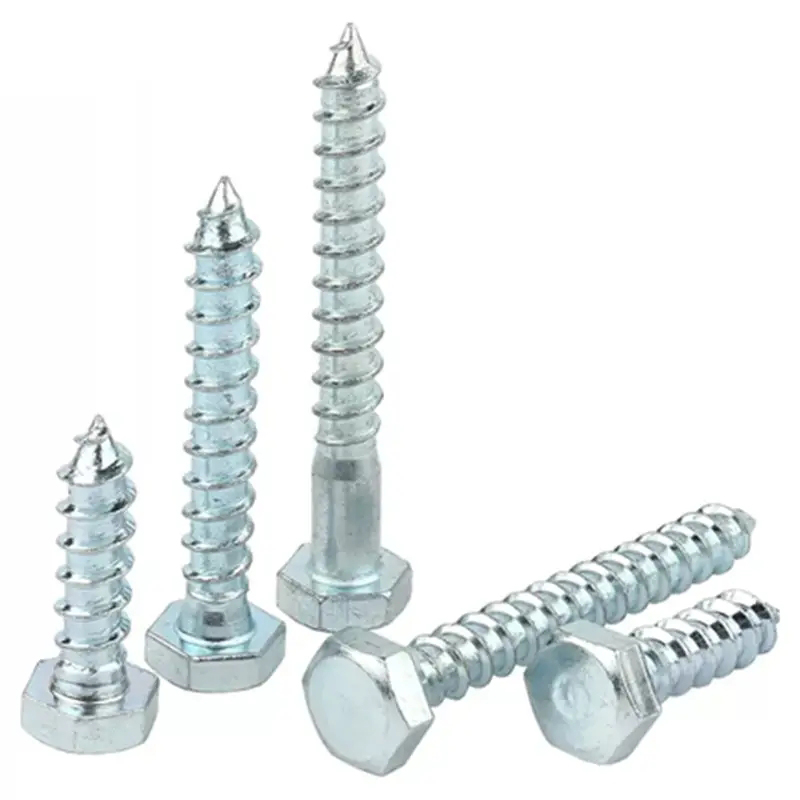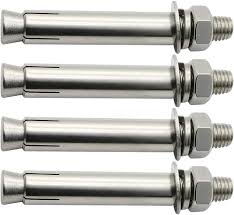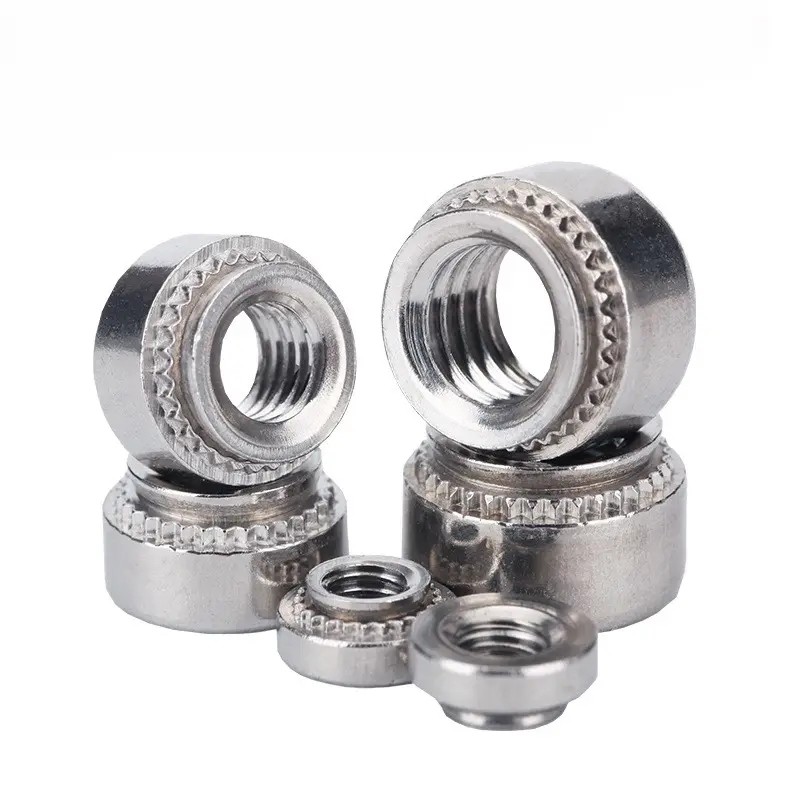

This guide explores various methods and technologies used to prevent nut loosening, providing practical solutions and insights for engineers and technicians seeking reliable fastening solutions. We'll cover different types of anti-loosening nuts, their applications, advantages, and limitations, helping you choose the best option for your specific needs. Learn about design considerations, material choices, and installation techniques to ensure secure and lasting connections.
Vibration, temperature fluctuations, and other environmental factors can cause nuts to loosen, leading to component failure and potential safety hazards. The consequences can range from minor inconveniences to catastrophic failures, depending on the application. Understanding the root causes of loosening is the first step towards effective prevention. This understanding is crucial for selecting the appropriate anti-loosening nut solution.
All-metal lock nuts utilize various mechanisms to resist loosening. Common types include:
Nylon insert lock nuts utilize a nylon patch or insert within the nut to create friction, preventing loosening. These nuts are often preferred for their ease of use and cost-effectiveness in many applications.
Beyond the above, several other methods exist for preventing nut loosening:
The choice of anti-loosening nut depends on factors such as:
For specific examples of successful anti-loosening nut applications across diverse industries, explore case studies available on various engineering and manufacturing resources. These case studies often highlight best practices and solutions for particular challenges. Many manufacturers, including Hebei Dewell Metal Products Co., LTD, offer detailed specifications and application guides for their products.
Preventing nut loosening is critical for ensuring the reliability and safety of numerous applications. Choosing the appropriate anti-loosening nut and employing proper installation techniques are paramount for achieving secure and lasting connections. By carefully considering the various options available and understanding the factors affecting loosening, you can make informed decisions to prevent failures and maintain the integrity of your assemblies.
| Type of Nut | Advantages | Disadvantages |
|---|---|---|
| Nylon Insert Lock Nut | Cost-effective, reusable, easy to install | May not be suitable for high-temperature or high-vibration applications |
| Prevailing Torque Nut | High reliability, good vibration resistance | Generally more expensive than nylon insert nuts |

